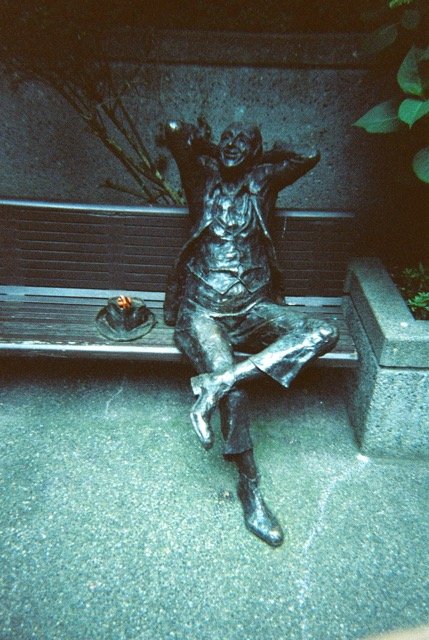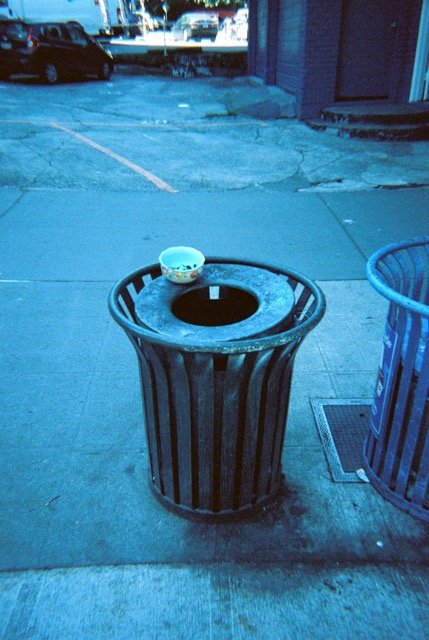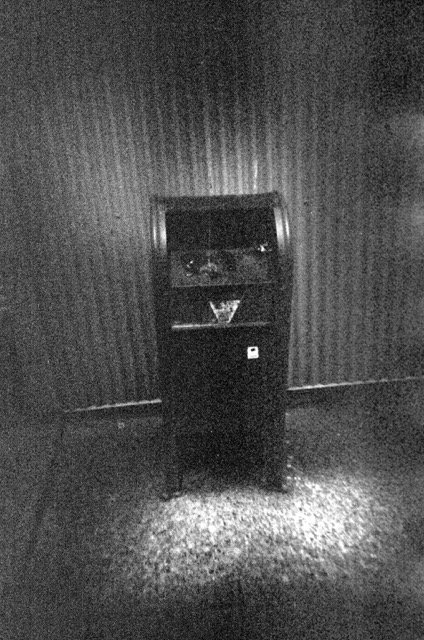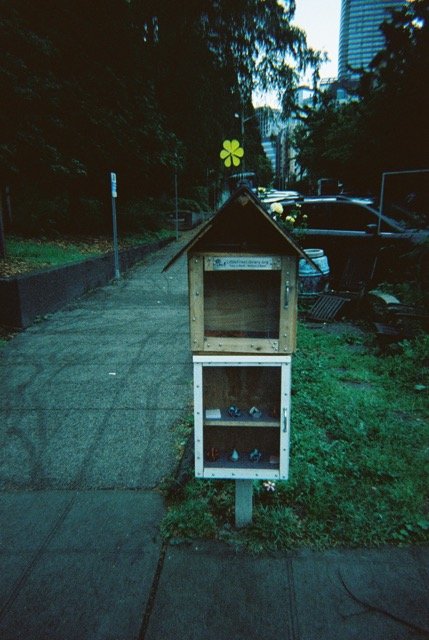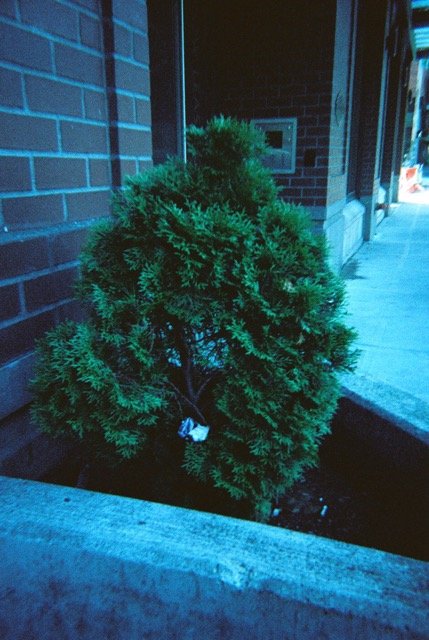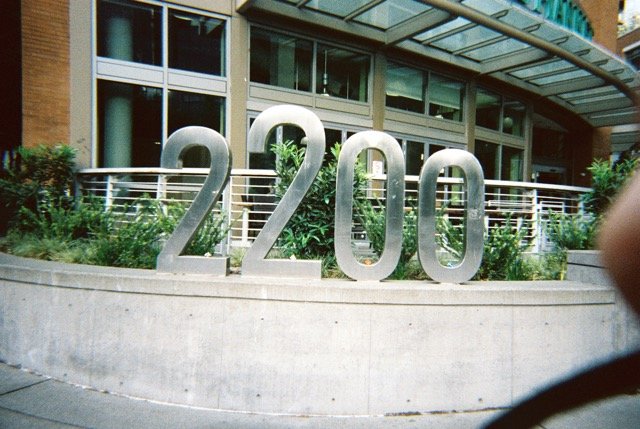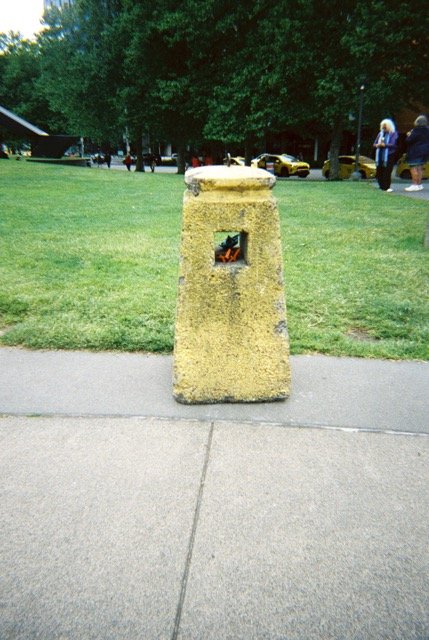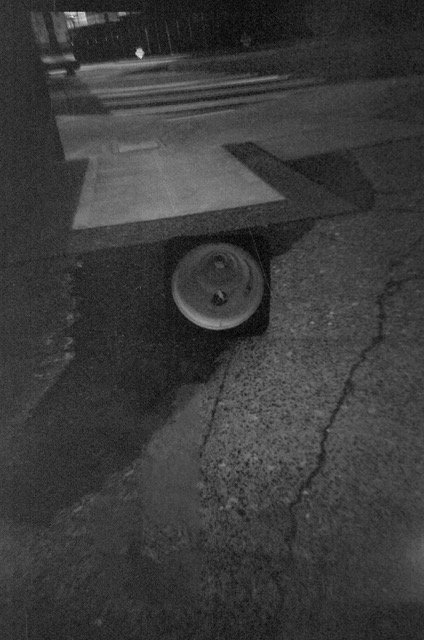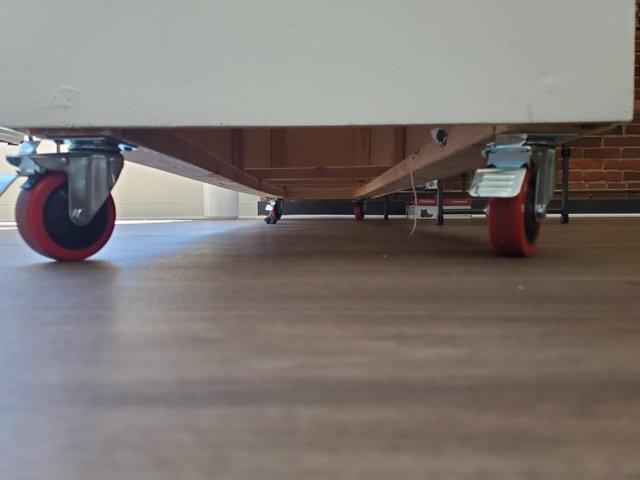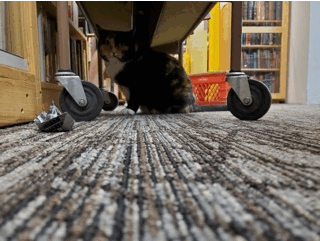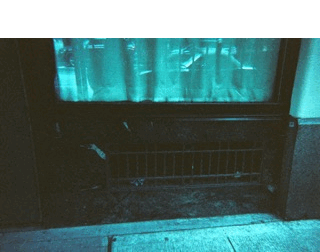Seaside Fleet: Seattle. Wrap up.
Collage-O-Rama is a month-long celebration of the compulsion to cut, rip, tear, glue, mashup, and remix held annually in Seattle. This was my first time attending, and it was the first formal Seaside Fleet installation since NYC in 2023.
It’s a simple thing to cut paper in half and fold it, but in the years I’ve been making hand-folded paper boats, I’ve learned that success in creating quality ones depends on the paper - both in how it folds, holds ink, and persists in the environment. Since moving to LA, I had a trusted shop that advised me with printing and helped me find the right paper. In the time gap since my NYC project, during the later days of Covid, the business closed. I regret not keeping in touch with those folx.
I spent the better part of a month whittling down all the printers near me. I surveyed which ones did in-house printing, who had an on-site shop manager, and who treated their work as a craft instead of a product. Once I settled on a shop, I had to quickly figure out the best options from the easiest available materials. While I was able to replace the orange and blue paperstock I had used for the two standard patterns pretty easily, I made a poor choice about how to print the collage compositions donated by other artists. I couldn’t track down the same stock I’d used previously, a paper that was strong but flexible, made from recycled material, and degradable in nature.
The rag I settled on was just a little too stiff after the printing process, and it had a bad habit of ripping while going through the last fold. Ripped boats are not usually a problem; failures get put into ephemera packs made to commemorate each deployment. I didn’t think I’d have to have a plan for it, but with marring such a consistent problem, I had to develop a fix to keep enough of the boats usable.
Hand-folded paper boat with patched tear.
Patched tear further up the port/starboard side of the paper boat.
Closeup of a patch on one of the NYC designs.
The last fold, which involves turning the entire bottom of the triangle up and ‘inside out’ to make the paper boat’s hull, is the hardest. Inevitably, the rips happened in the same spot each time of the final step. To prevent the loss of (potentially) a quarter of my stock, I had to compromise and create a systematic mend that I could accept. I settled on using clippings of paper from different failed boats of the same design, and I glued the patches over the small tear, thus engineering a way to hold the composition together confidently.
I’m still considering it aesthetically; it makes sense from a collage approach, but it’s hard not to see it as a scar on the normally sleek skin of each finished ship. In the end, it worked and I was able to complete The Fleet with a buffer of time before leaving Los Angeles.
Over the course of three days in Seattle, I distributed my one-thousand hand-folded paper boats as far as my legs could take me. I should wear a pedometer when I perform The Fleet; it would be interesting to know and document how many steps I travel for each project.


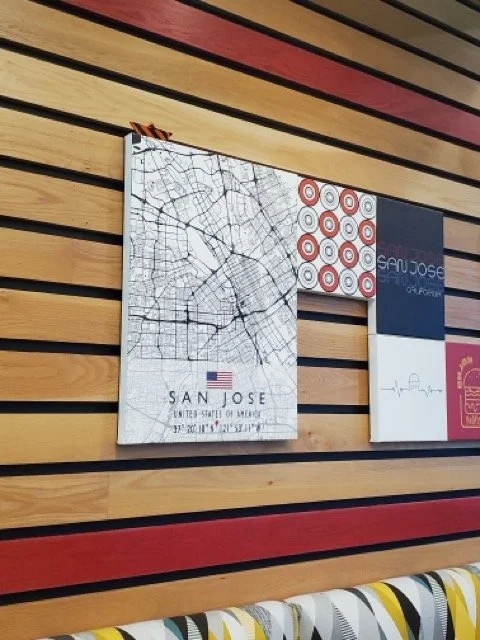




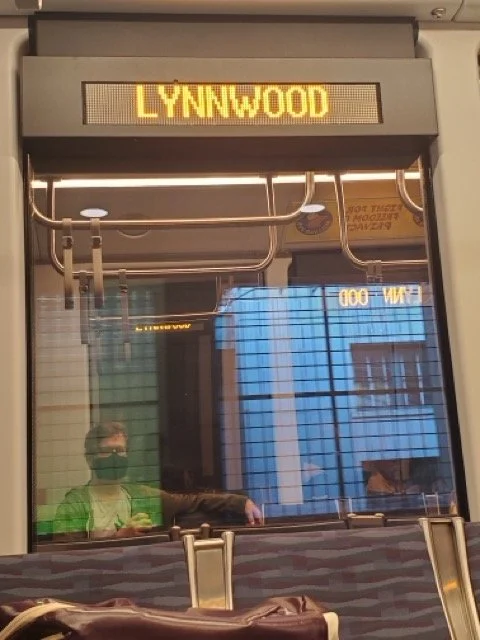

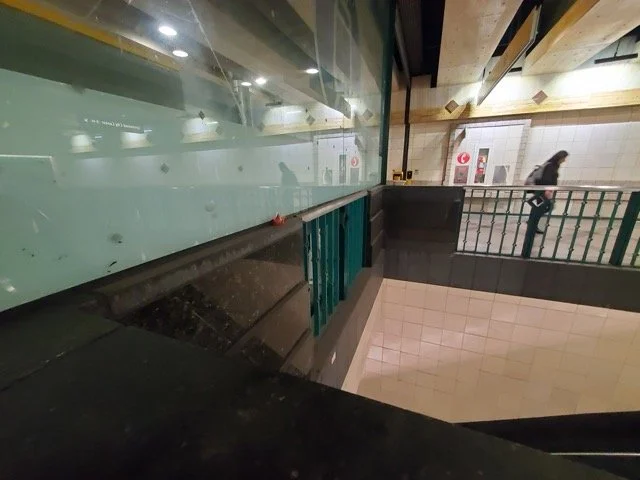






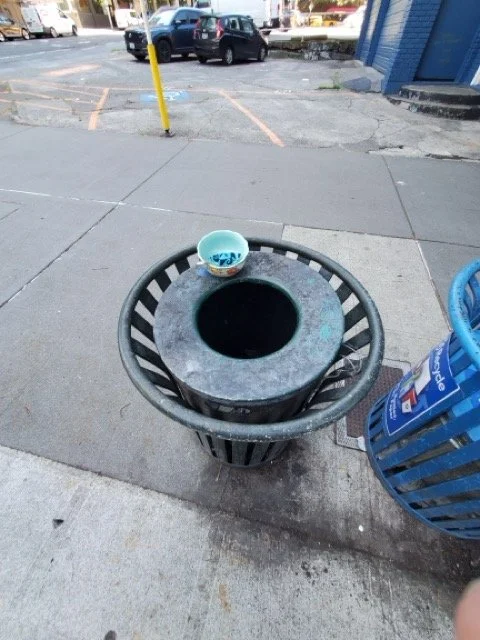



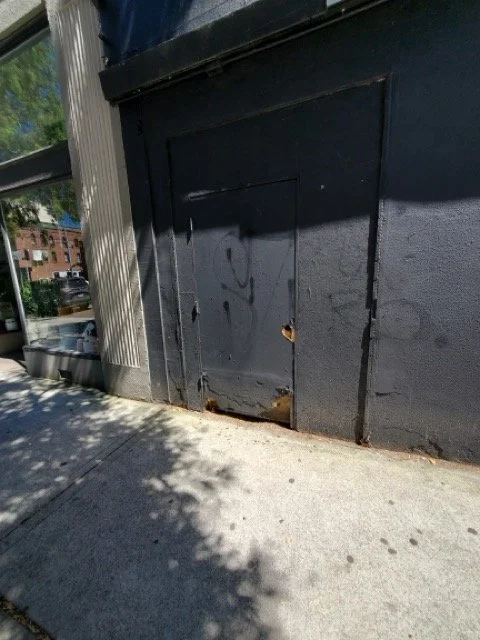



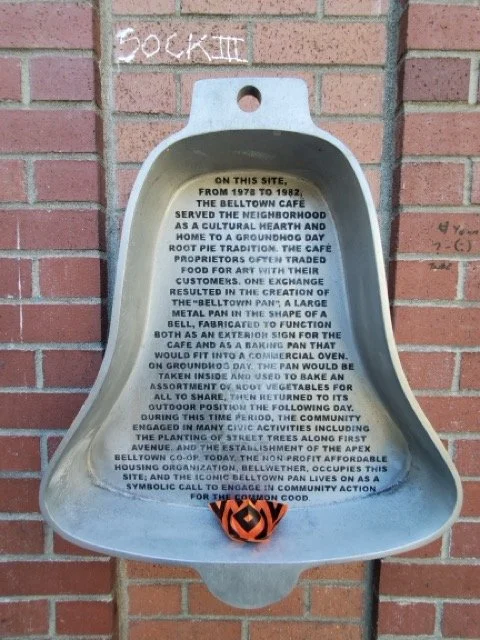


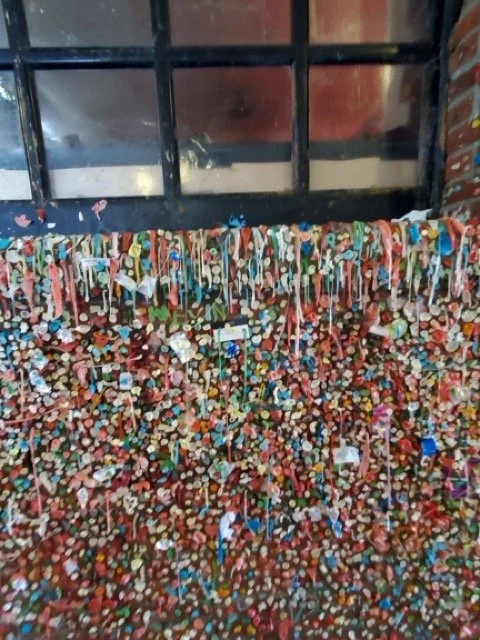







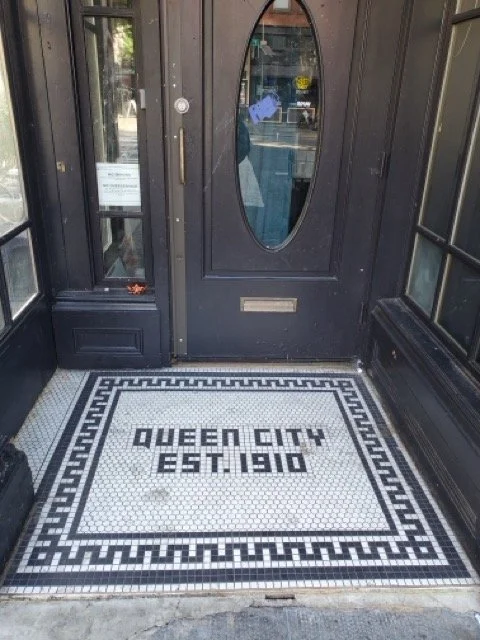


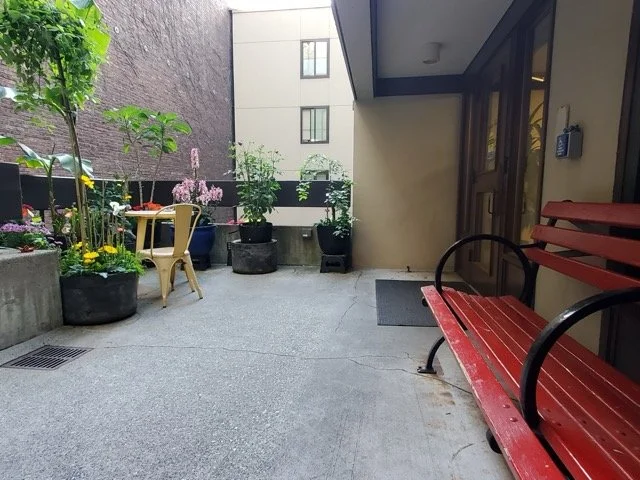




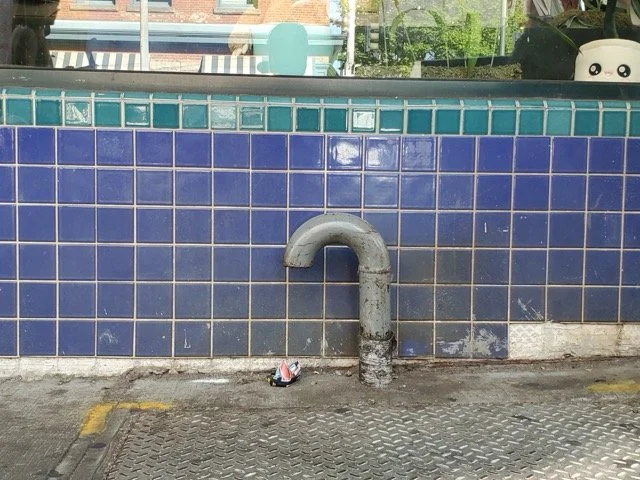


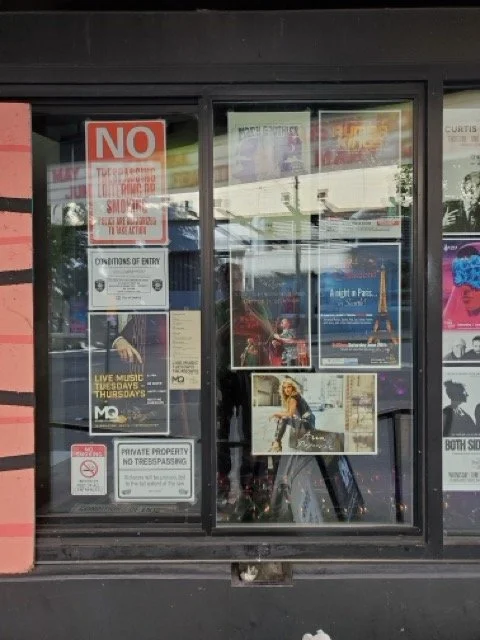












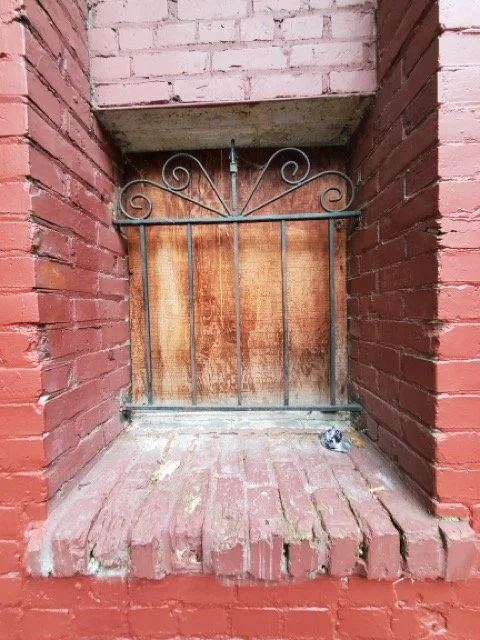



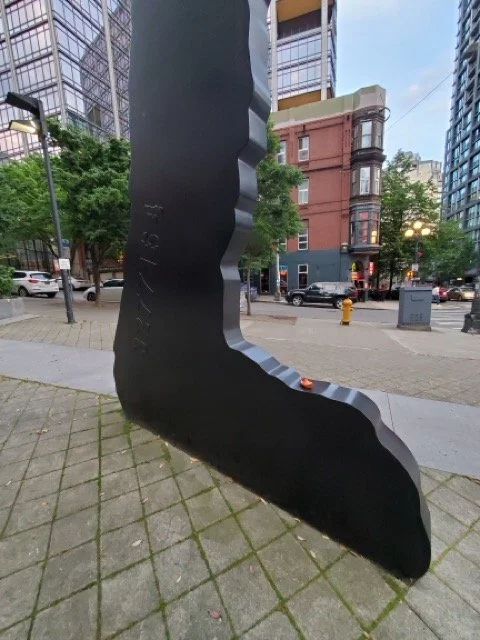



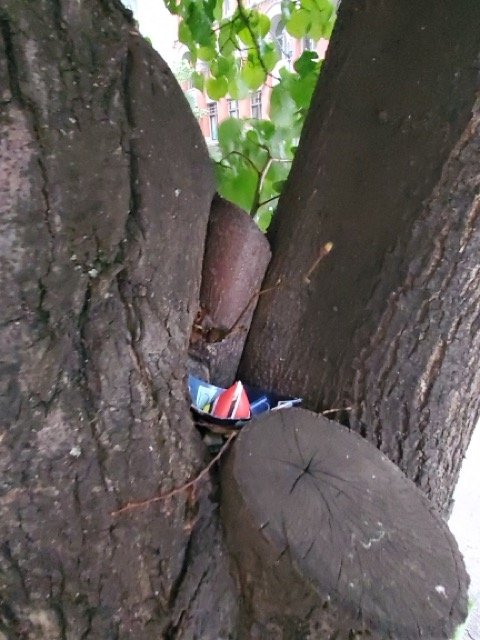


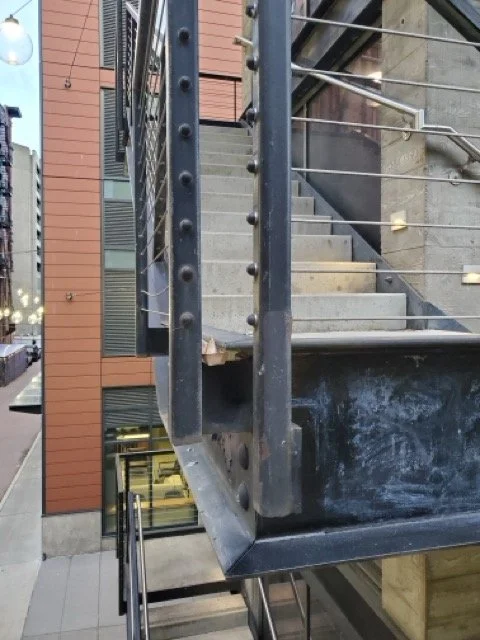




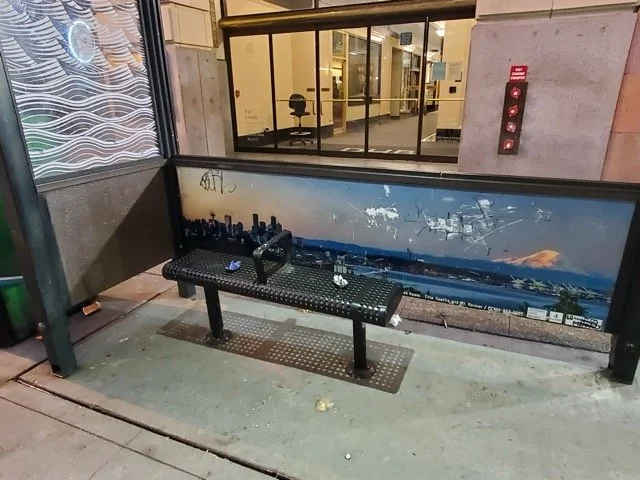




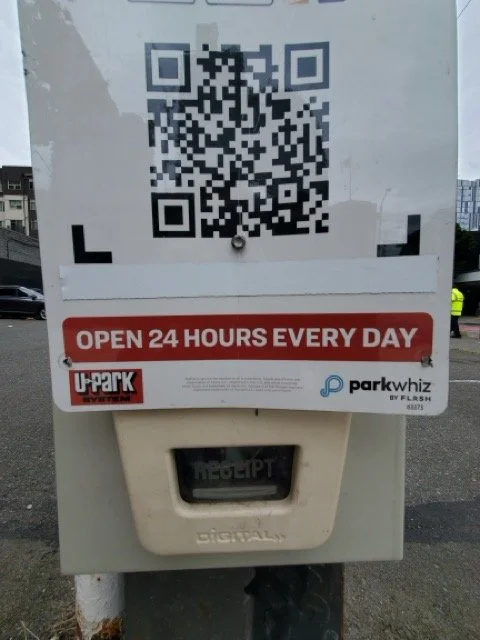




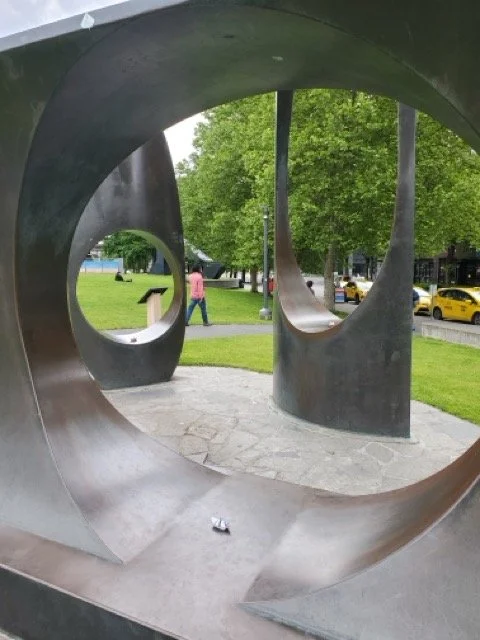












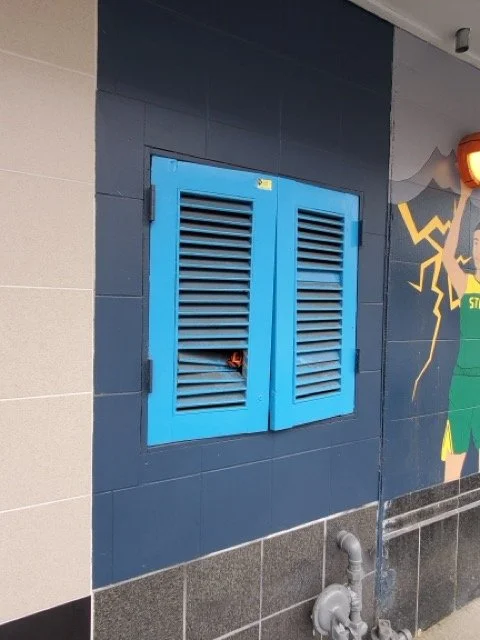




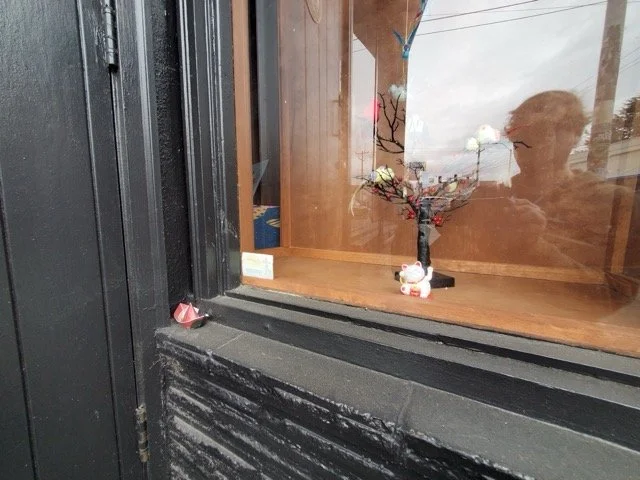

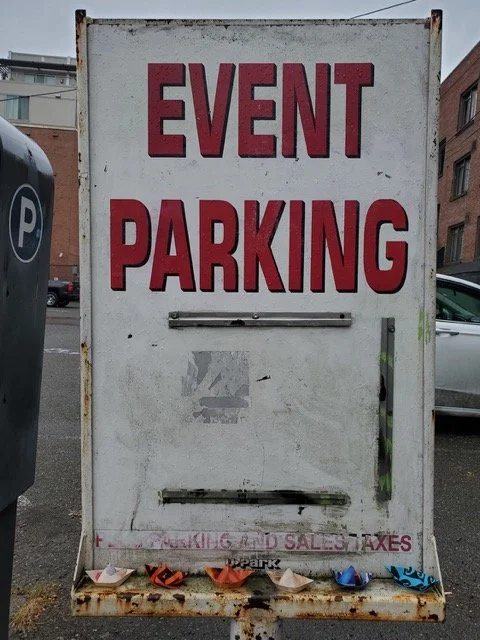
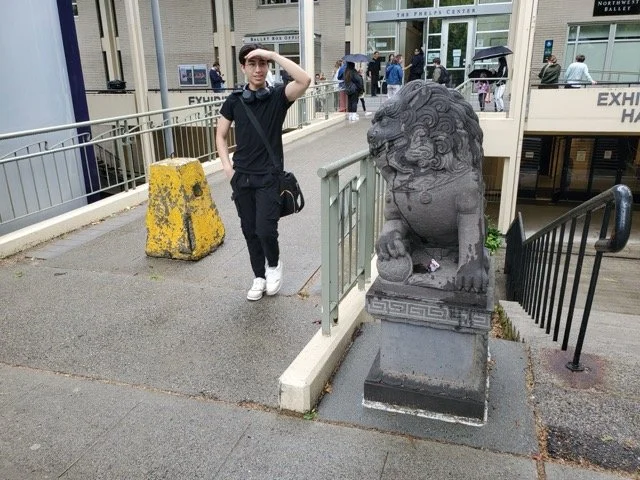


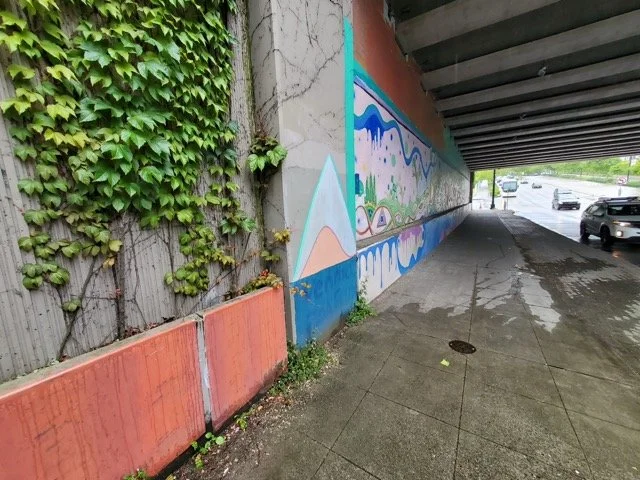




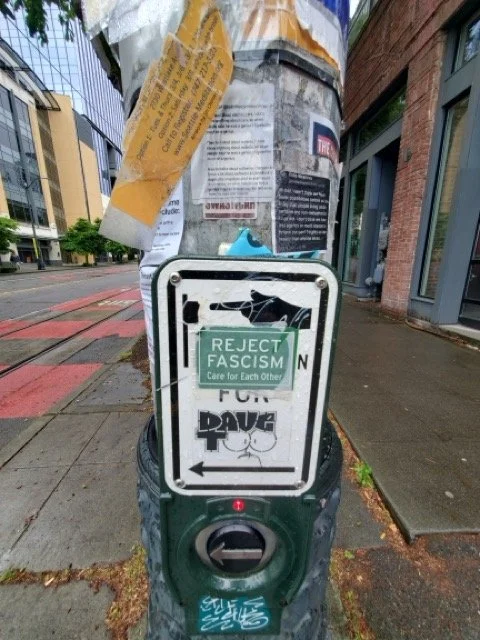

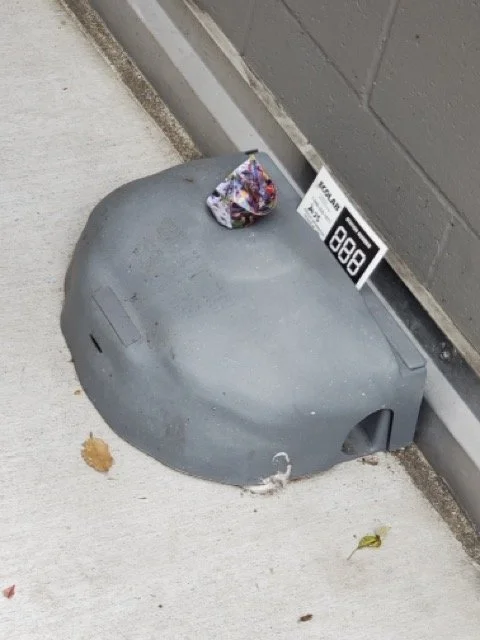














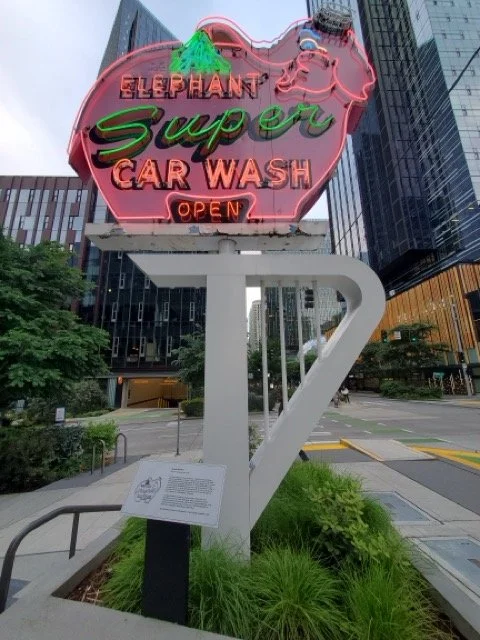




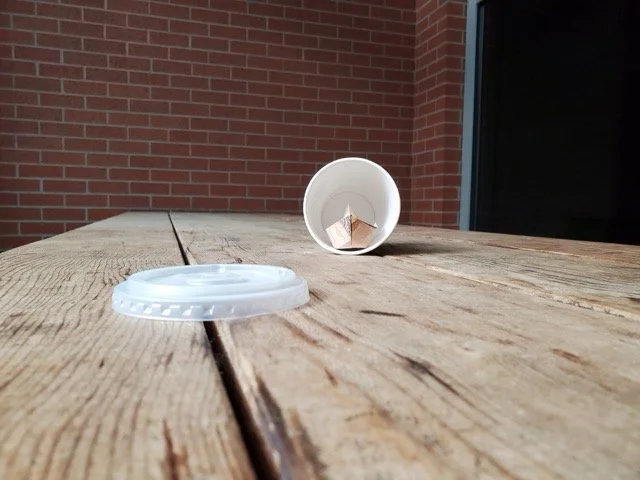

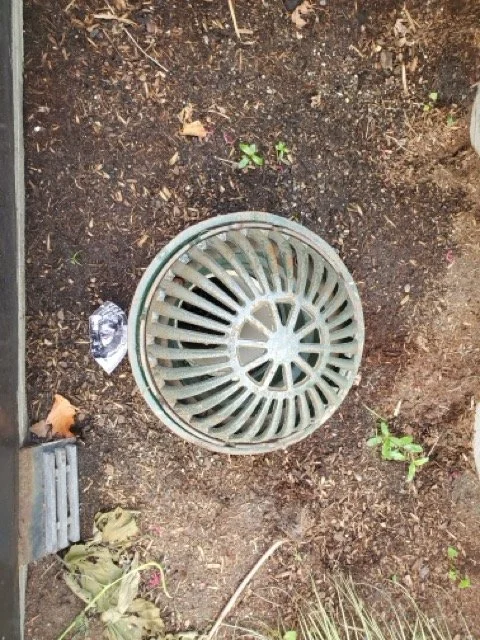



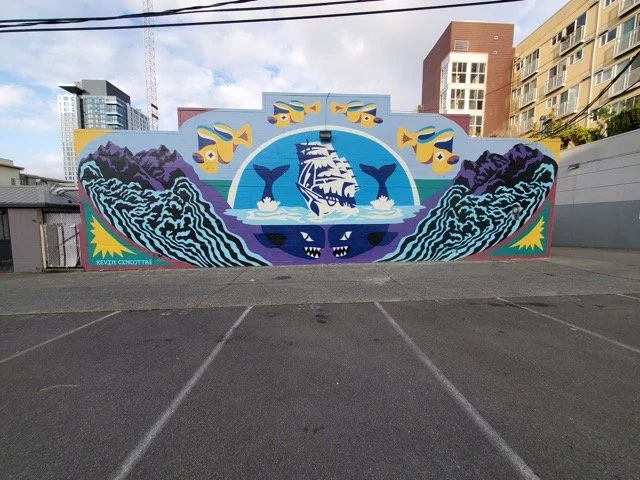

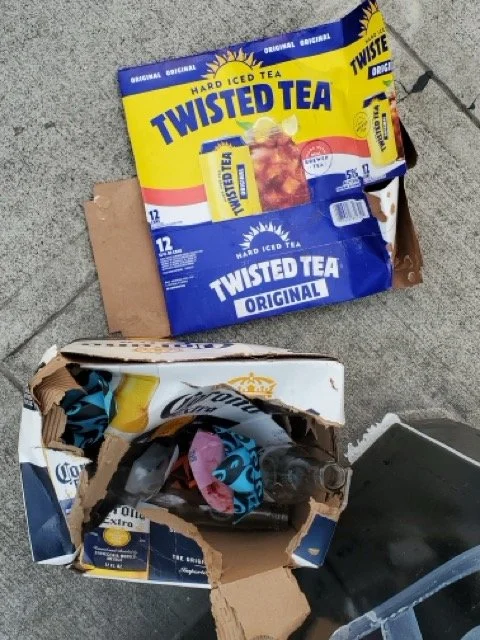
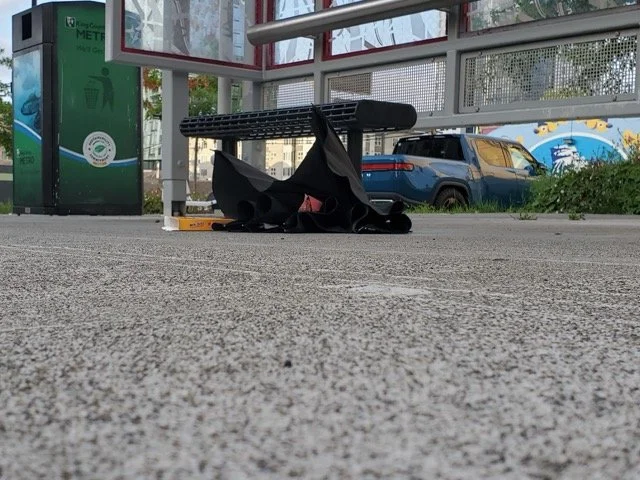



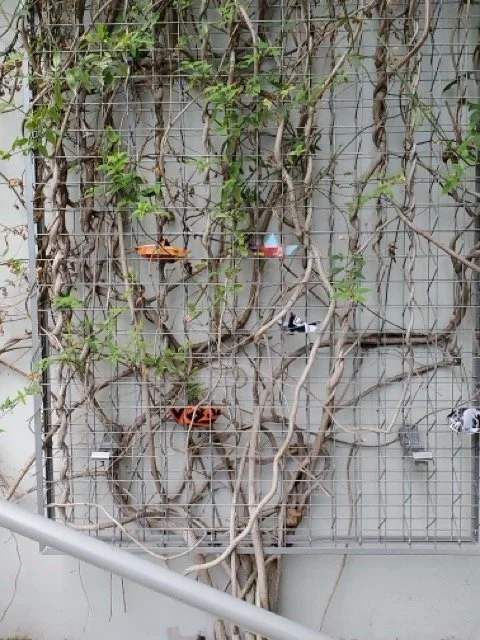






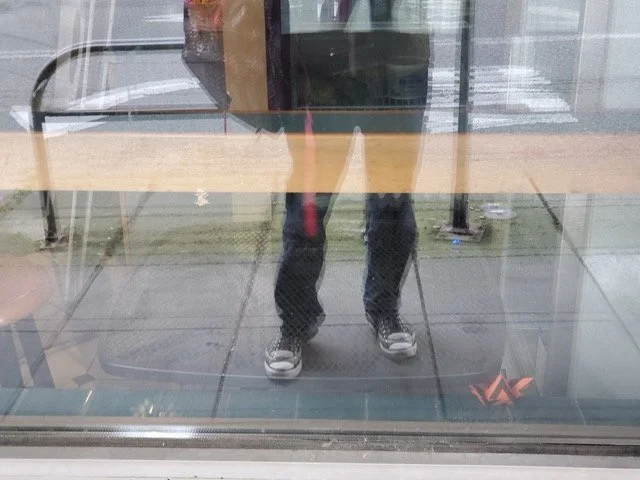

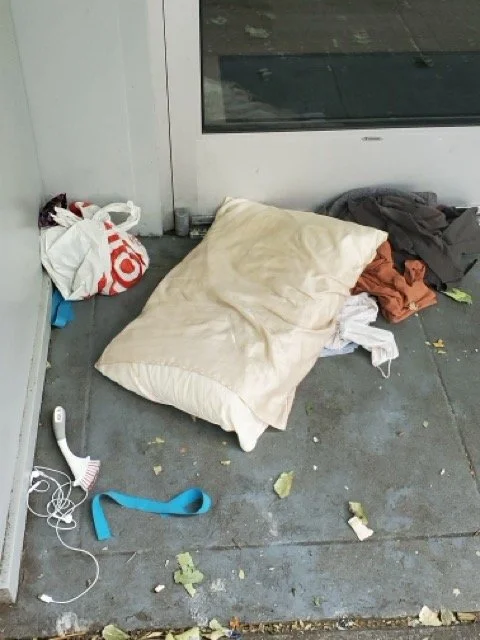
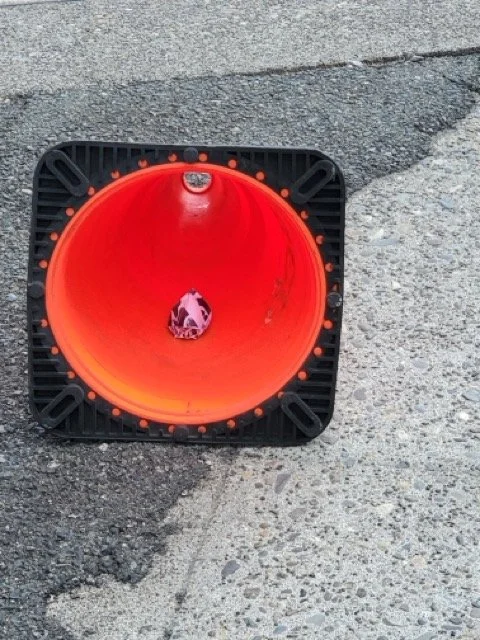

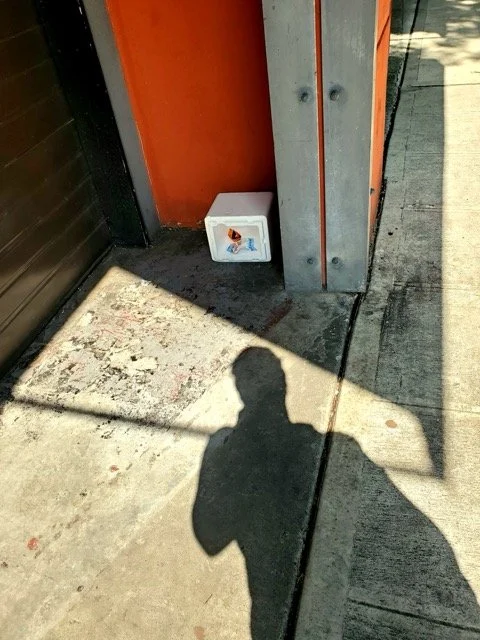



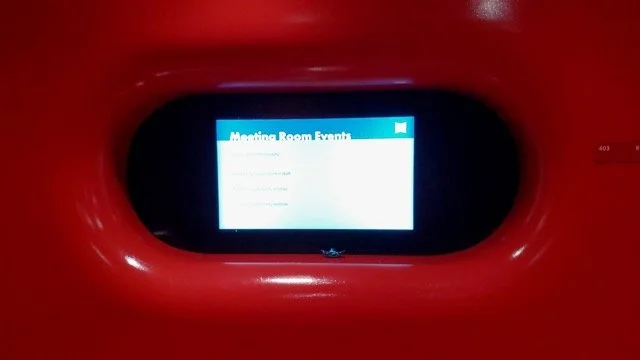
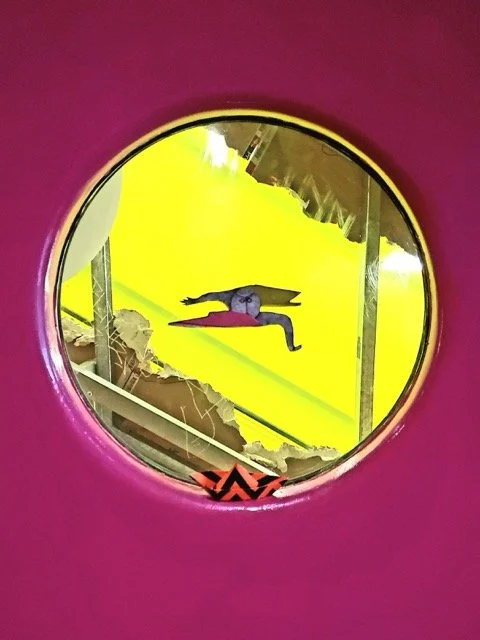

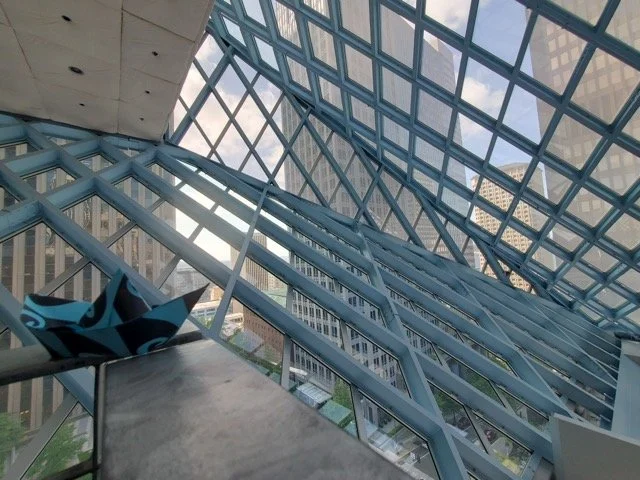
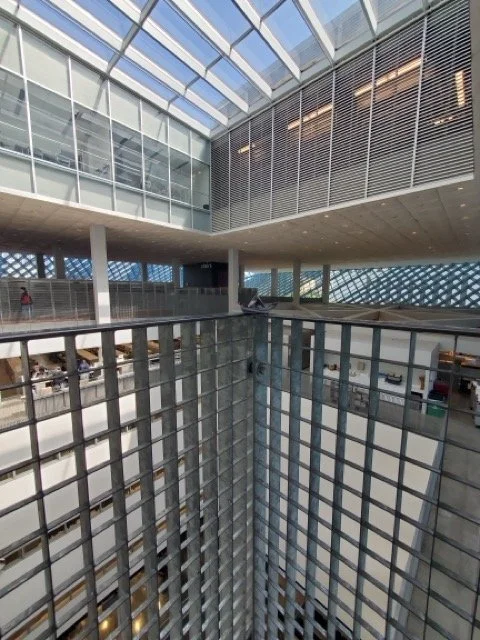

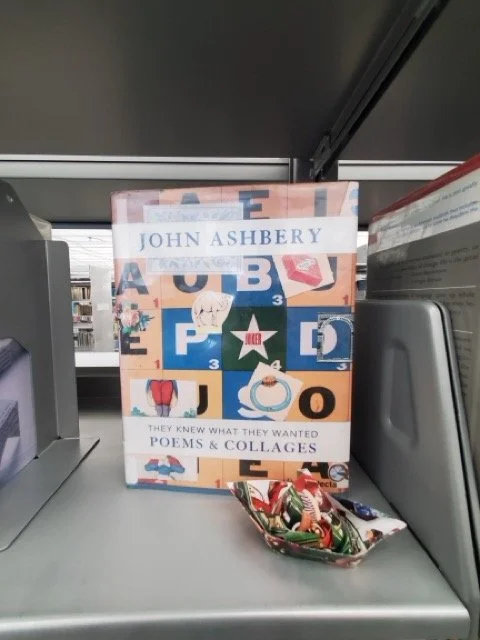

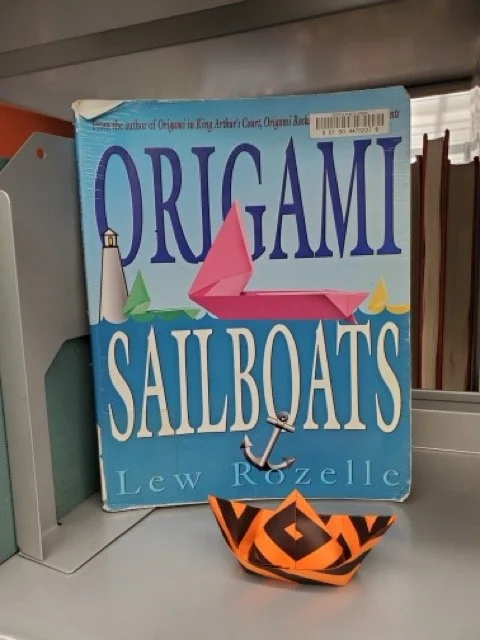
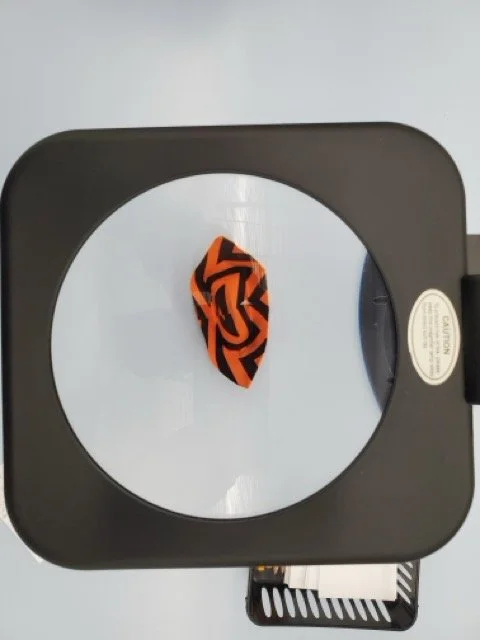
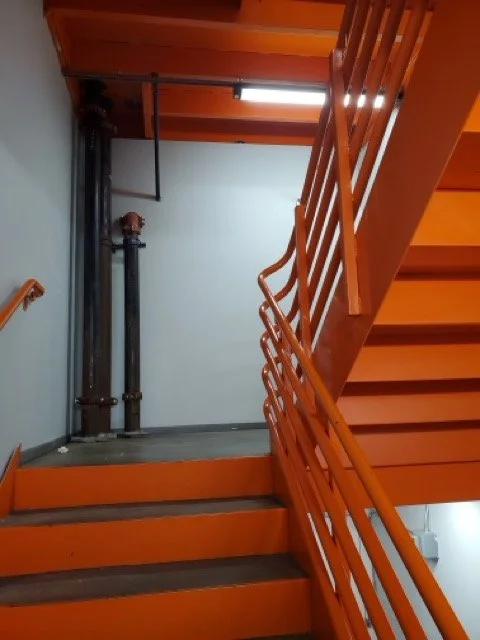


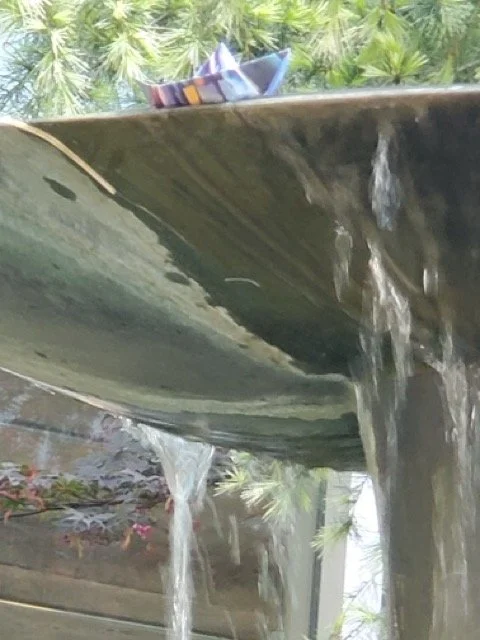


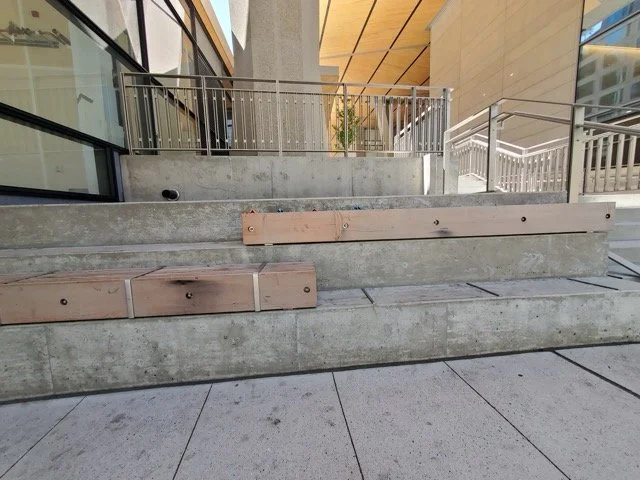

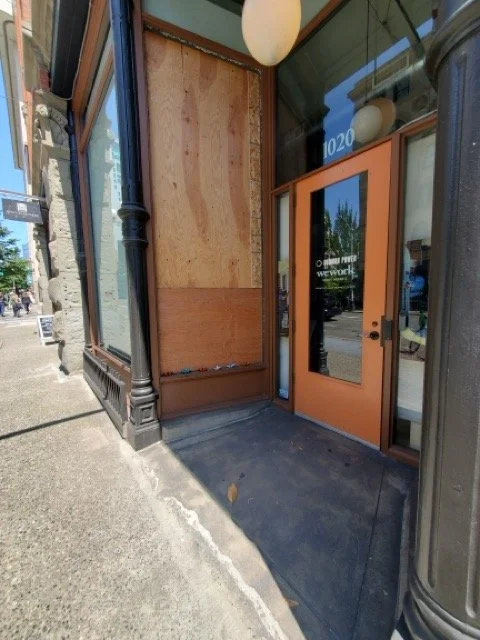
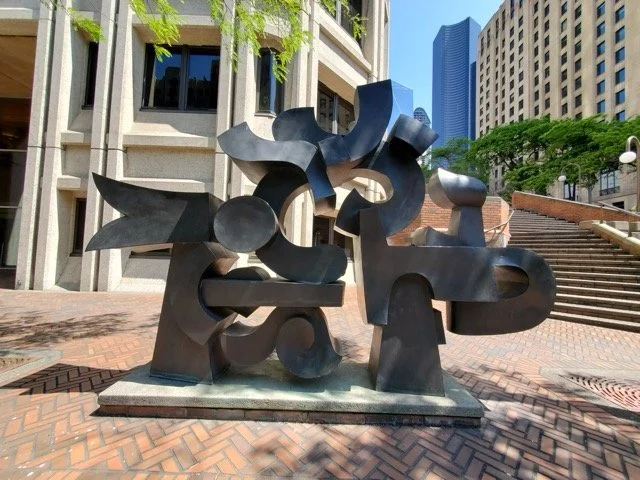

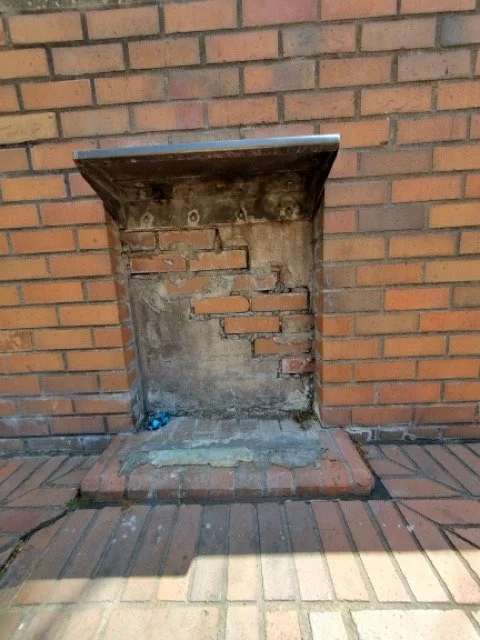


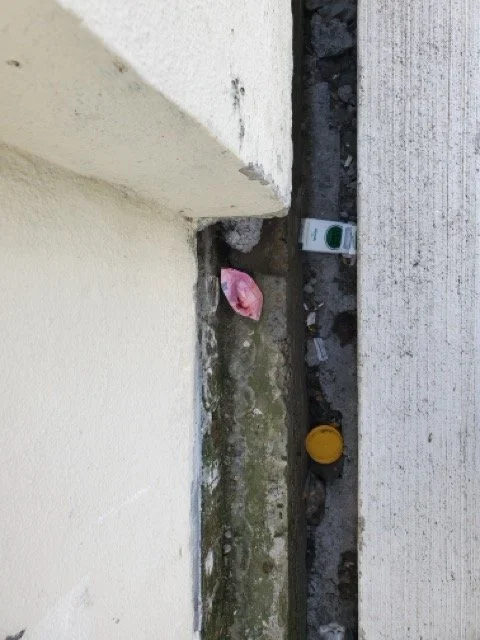
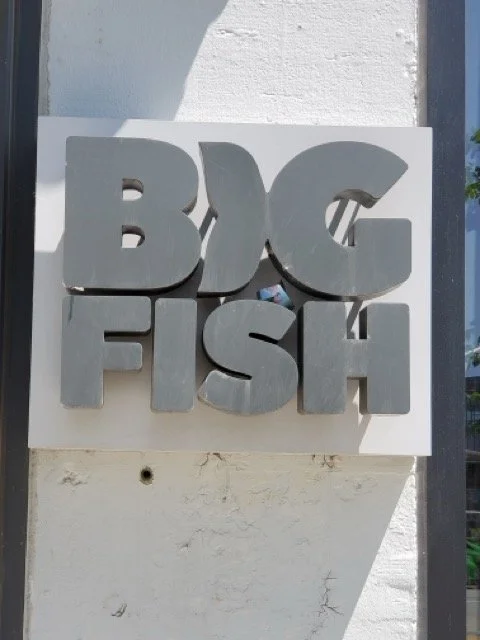
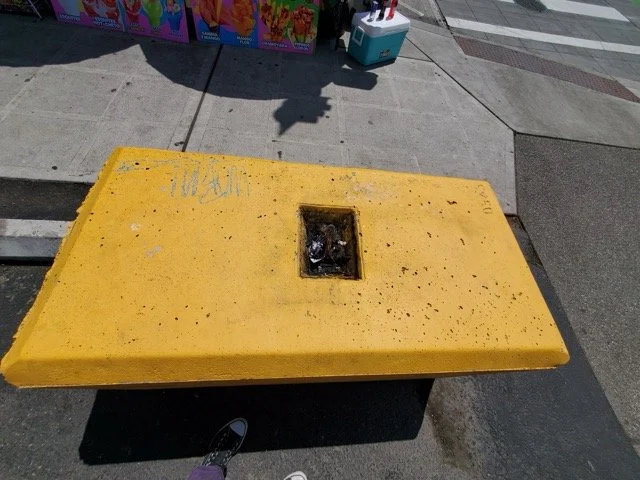
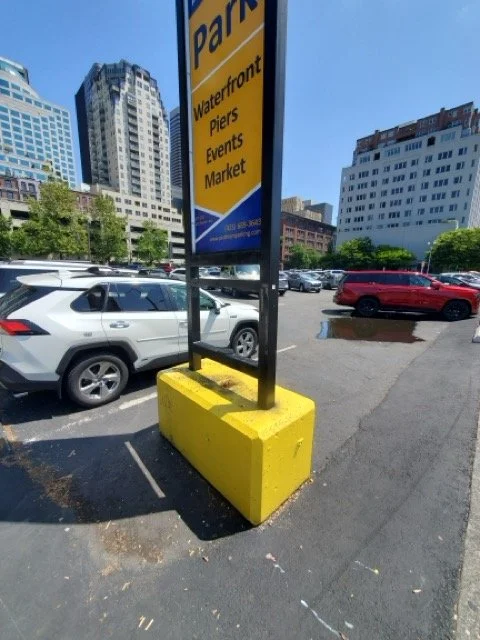
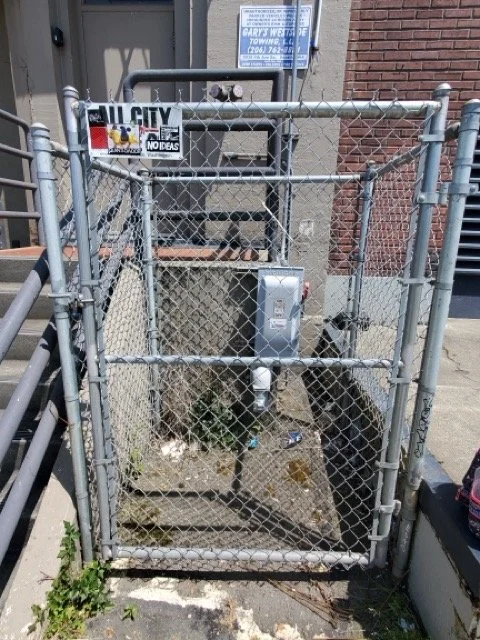


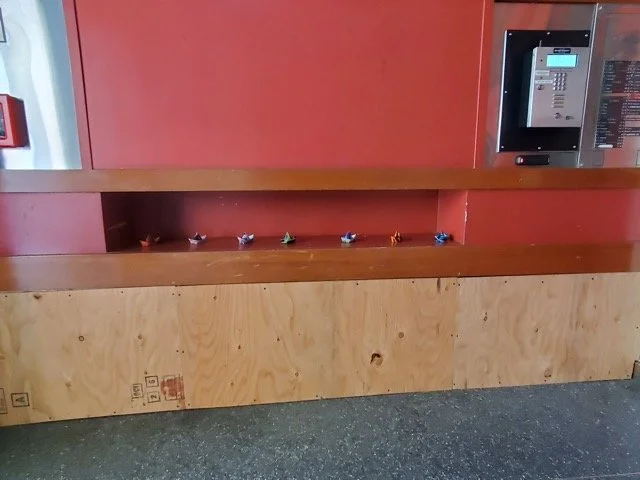

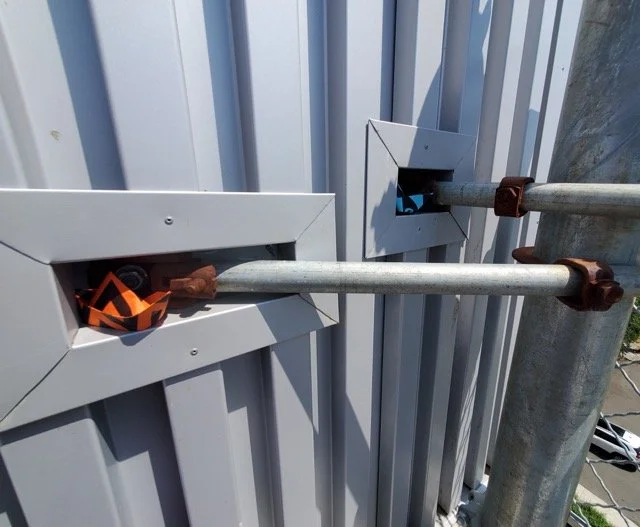


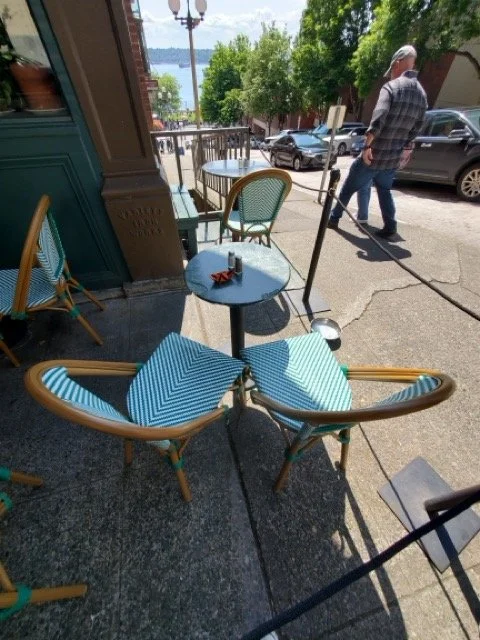
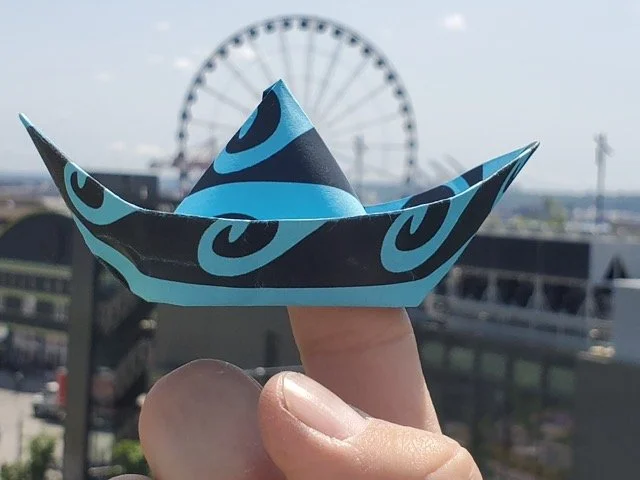


I started my installation in Seattle’s Belltown arts district where there were daily meetups at my host space, Slip Gallery. My territory covered Pier 55 and Elliott Bay, the fabled Gum Wall, and then I spread out to Volunteer Park, with stops at Capitol Hill, Lake Washington, some of the town’s iconic bookshops, the Central Library, and a flittering pass over the grounds of the Space Needle. The locals told me I’d arrived on possibly the best weekend of the year, where temperatures and humidity were in perfect balance. On my second day, I experienced the town’s legendary rainfall, a long gentle shower, just warm enough to not be cold, and I enjoyed every drop of it.
Twenty-five years ago, when I did my first post-college boat project for The Dreamboat Research Project team, I had to record my installation with a film camera. While digital photography has made this part of the work a lot quicker and more thorough, it’s also left behind some of the focus and care I might have taken when working with a finite number of 24 or 36 shots to document my practice.
With this on my mind, I purchased an Ilford Sprite, a light and affordable plastic camera to carry with me. With a variety of different film stocks to broaden the palette beyond what my phone’s camera offers, I intend to use the resulting photos both to document the project and to create artworks to expand how The Seaside Fleet is presented.
In the two photo sections above, you can compare differences between images captured digitally and those captured by chemical processing. Some of the film shots are barely rescued from illegibility, while others have a moody yet radiant tone. If I recall correctly, the black & white photos were all done with Mummy 400, a high contrast filmstock meant to evoke classic Universal Monster Movies, and the color ones with CineStil 800T, which is made for low light. I love grainy photography, hard contrast, and the imperfections in the resulting images. I think picking up my camera again will take my collage and creativity in a positive direction.
Part of Collage-O-Rama that I appreciated was the daily collage open-house at Slip Gallery. I usually isolate myself when I’m performing The Seaside Fleet, and have little more than cursory conversations with organizers and locals. This is an old self-taught coping mechanism for dealing with the stress and anxiety that comes from doing public performance and being in a new environment. But this time I enjoyed a few great hours collaging alongside and sharing stories with my peers.
Submissions from around the world graced the walls of Slip Gallery. Members of Special Agent Collage Collective, along with installations by myself and other artists with collage projects were represented. Please visit the SACC website to see a list of all the participants and their works - and shop for your favorites here.*
Agent Andrea Lewicki is an organizing marvel. The amount and variety of materials from which artists and visitors could pick to make collages with was impressive, and the setup top notch. The atmosphere was calm, creative, and the camaraderie of my peers made me feel instantly welcomed. I didn’t have much time to work, but the postcards I made were infused with a fun, spontaneous energy. On both my first and last day in Seattle, I spent hours making pieces that I mailed to friends and patrons.
My old friend John toured me around the Pier and suggested other destinations. Back in the day, he watched me ‘punch walls’ in the Phoenix art/music scene, until I eventually calmed down enough for us to talk. Now John is a Seattle transplant, and also a creativity coach who has helped me organize some of my scattered impulses. Further insider notes came from another Phoenix expat, Connor, who recently left Seattle for the East Coast. Still, despite my guides, I missed so much of Stumptown that I must go back.**
The Seaside Fleet: Seattle aka The Seaside Fleet: Collage-O-Rama 2025 was a successful installation and performance. With a larger presence in private commercial spaces, public government, as well as the formal gallery setting, I expanded the certainties concerning the types of spaces my piece can occupy. I encountered extended, anonymous observations of people interacting with my installation, and I documented those moments. Additionally, I was able to discuss the modes and conceptual concerns of my work with peers, and further confirm the project’s relationship to collage.
When thinking about the Seattle project, some interactions stand out: On my first day at Slip Gallery, while sharing creative histories with the other artists, I was surprised to learn two had connections with Arizona. Andrea Lewicki spent time in my second hometown, and I also met Dawn Conry, a member of the Arizona Collage Collective and board member of ArtLink, a group I also served with in the early 2000s. Dawn knew Trunk Space, the artspace I started while living there. We stood and hugged each other upon realizing the connections we shared. When I say that The Seaside Fleet is a kind of wayfinding, this is one of the paths that exemplify that, and I believe it is a full parallel with the practice of creating connections and mutual support that is present in strong local collage communities.
On the second day, I spotted an unhoused person who had collected one or more of my hand-folded paper boats and was keeping them in a clear sandwich bag. I explained that I was the person placing them. He did not want to talk to me about why he’d picked them up, but he allowed me to take a documentation picture at a distance, as long as I didn’t capture his face. Finding elements of my boat projects moved and existing after their initial installation is an uncommon experience for me.
Finally, on the last day, at nearly the last hour, when I was putting down some of my last boats, one of Seattle’s civil cleaning crew spotted and approached me to ask, “You’re the one who’s been doing that? I saw one of your boats a couple days ago, and almost threw it out - but then I realized it was art, so I left it. I’ve been seeing them all over!” Further, he promised to spread word to his colleagues to leave alone the rest of the boats they found. In unguarded moments, I will relate that a friend once called The Seaside Fleet “creative littering” and admit a critics could disregard it as such. But given the chance to find The Fleet in an environment that didn’t offer obvious gallery/artistic context, the project was still recognized as intentional and valuable, akin to graffiti, wheatpasted posters, and sticker campaign projects that are part also of the history, modality, and community I am working in.
The ephemeral nature of Seaside Fleet projects and the limited lifespan of the individual elements, is part of their intentionally terminal [physical] existence. The moments recorded above are examples of The Seaside Fleet’s continued evolution and impact past my involvement with each edition. The possibility that they will continue to affect their environment, be it geographical or personal in nature, affirms the conceptual framework that continues to evolve as I propagate each edition.
*Sadly/stupidly, I didn’t take a lot of pix of the gallery interior, but I do have a video I took of the whole installation. If I can give it a proper polish, I’ll add it to this post later.
**How I managed to miss the West Point Lighthouse, the Freemont Troll, and the Jimmy Hendrix statue in Cal Anderson Park is beyond me. Perhaps they’re waiting until next time?Editing assistance provided by Melissa C.




